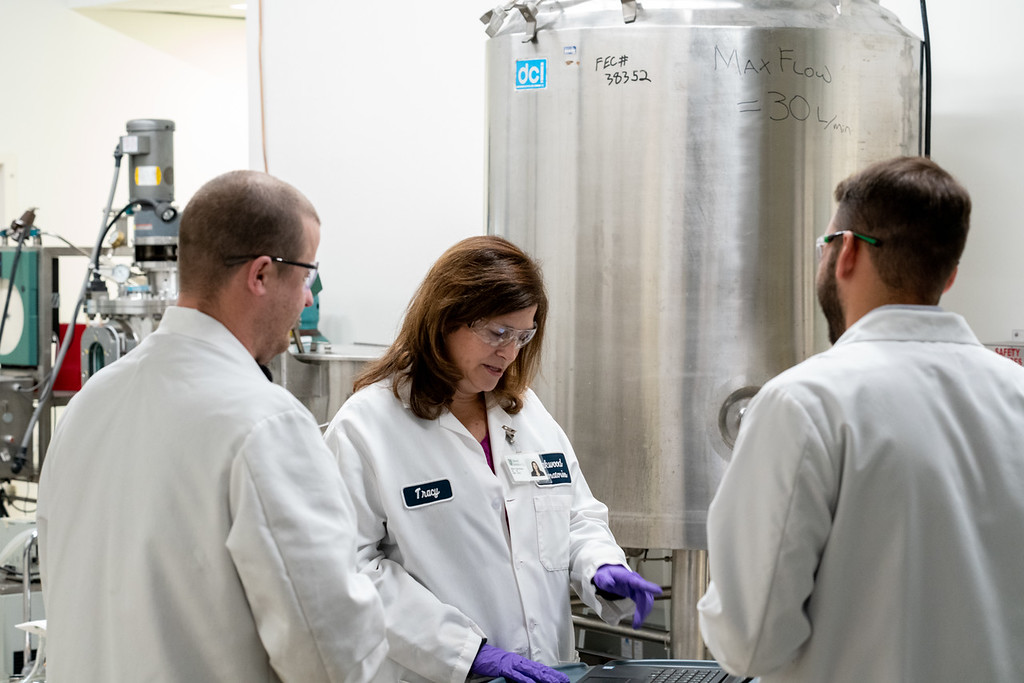Subcutaneous Drug Delivery and Development

Quick Insights on Subcutaneous Drug Delivery
- Subcutaneous (subQ) drug delivery injects medication beneath the skin for fast absorption and quick effects, making it ideal for emergencies and some chronic treatments.
- It offers better bioavailability and more consistent absorption than oral drugs, with less pain and more injection site options than intramuscular delivery.
- Sustained-release formulations provide prolonged drug delivery, reducing dosing frequency and improving patient compliance through technologies like microspheres and implantable devices.
- SubQ delivery is patient-friendly, cutting treatment times and lowering the risk of vein damage compared to intravenous methods, enabling easier self-administration and better comfort.
There are many routes of drug delivery, including oral, intravenous, intramuscular, transdermal, inhalation, and subcutaneous. The choice of route will depend on the desired onset of action, the medication’s properties, and patient preferences.
Subcutaneous, or subQ, drugs are delivered below the skin into the layer of tissue beneath the dermis and epidermis. They are typically administered using a needle, which allows the drug to be absorbed into the bloodstream and distributed throughout the body. Read on to learn about key facets of subcutaneous drug delivery and development and how the Oakwood Labs team can assist you with the process.
Understanding the Benefits of Subcutaneous Delivery of Drugs
The subcutaneous delivery of drugs works to balance effectiveness, convenience, and patient comfort while providing therapeutic relief. The location of an injection is usually preferred on the thigh, stomach (around the belly button), or the upper outer arm. The injection device often depends on the dose, ergonomic design for ease of use, and other factors, but can include syringes with attached needles, prefilled syringes, autoinjectors, and pen injectors. Drugs that are administered subcutaneously include insulin for diabetes, growth hormones, anticoagulants, vaccines, and certain types of chemotherapy drugs.
The benefits of subcutaneous drug delivery include:
- Fast absorption – Depending on the drug being administered, it is possible for subcutaneous drugs to absorb rapidly into the bloodstream because they bypass the digestive system. This leads to a quicker onset of action, making them ideal for anything that requires quick effects or emergency treatments.
- User-friendly application – Did you know that some EpiPens use subcutaneous delivery? When not administered through an intramuscular route, EpiPens can use subcutaneous drug delivery in the upper thigh to treat allergic reactions, which means they are able to be used by patients of almost any age.
- Improved bioavailability – Certain drugs have poor oral bioavailability due to degradation in the digestive tract or metabolism in the liver. Subcutaneous delivery of a drug improves its bioavailability because it releases the drug directly into the circulation of the system.
- Reduced variability in absorption – Oral medications can be impacted by food intake and gastrointestinal factors. Subcutaneous drug delivery provides more consistent and reliable absorption, which offers more consistent results.
- Versatility – Subcutaneous delivery is ideal because it is typically less painful and offers a larger range of possible injection sites when compared to intramuscular injections.
- Sustained-release design – There are specific drugs that can be delivered subcutaneously over an extended period of time. This results in more stable drug levels in the bloodstream, which improves patient compliance by removing the need for frequent dosing.
Using Sustained-Release Subcutaneous Drug Delivery
Using sustained-release subcutaneous drugs provides a controlled and prolonged release of medicine into the bloodstream. This results in consistent therapeutic effects for patients and reduces the need for frequent visits. Additionally, it reduces any side effects because the formulations are created to consistently deliver the drug, therefore minimizing peak drug concentrations. When starting the development of sustained-release, subcutaneous-delivery drugs, there are many different factors to consider, including drug solubility, release kinetics, biodegradability, and compatibility with the injection method.
Once it’s time to formulate the subcutaneous drug that uses sustained-release technology, it is essential to consider the matrix systems, microsphere or nanoparticle formulations, and implantable devices. If you need assistance with your subcutaneous drug development, the dedicated team at Oakwood Labs is ready to get to work on your project.
Choose Oakwood Labs for Developing Subcutaneous-Delivery Drugs
Since 1997, Oakwood Labs has been operating a fully compliant, aseptic cGMP manufacturing facility that is designed to manufacture sustained-release injectable pharmaceutical products, and we are adept at subcutaneous drug development.
Our team is committed to creating pharmaceutical products that provide enhanced therapeutic benefits to patients and returns to our pharmaceutical partners, using our Chroniject™, a patented polymer-based injectable microsphere system for drug delivery. Be sure to use our team’s expertise and our cutting-edge facility for your next project.
Contact Us About Subcutaneous Drug Development
For more information on our abilities in subcutaneous drug development, please contact us today. We’re ready to assist you.
Related Blog Posts
- The Role of Small Molecules in Pharmaceutical Development
- Our Work in Developing Sterile Injectables
- The Many Uses and Benefits of Intra-Articular Injections
- Controlled-Release Medication and the Methods of Administration - December 8, 2025
- PharmaTher and Oakwood Labs Advance Strategy For Next-Generation Ketamine for Neuropsychiatric Disorders; Secures Exclusive Rights to Evaluate and License Patented Long-Acting Ketamine Program - November 19, 2025
- Exhibiting and Presenting at AAPS 2025 PharmaSci 360 in San Antonio - November 6, 2025

